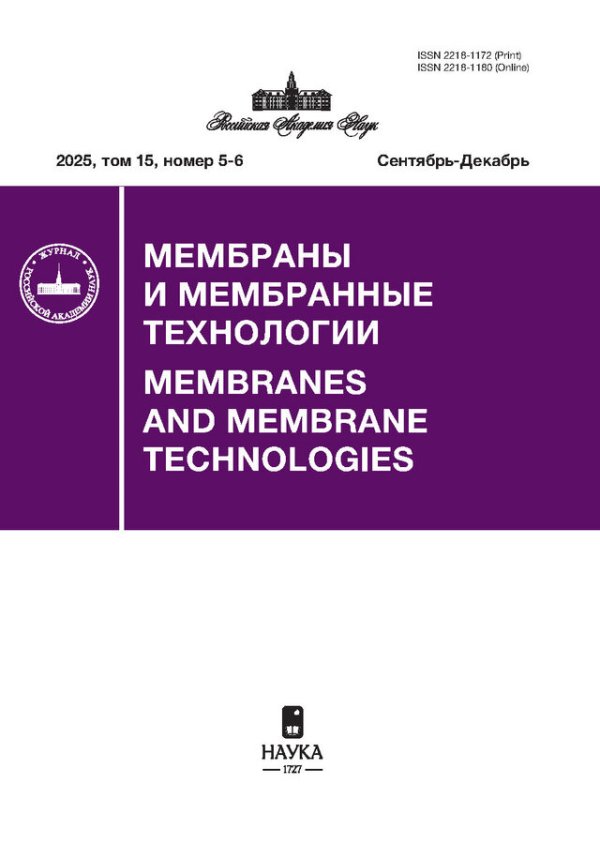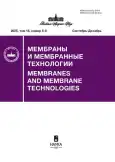Membranes and Membrane Technologies
Media registration certificate: ПИ № ФС 77 - 80459 от 17.02.2021
The Russian Journal "Membrany I Membrannye Tekhnologii” (English version “Membranes and Membrane Technologies” is distributed by Springer) was established in 2010 by International Academic Publishing Company Nauka/Interperiodica and A.V.Topchiev Institute of Petrochemical Synthesis RAS.
The scope of the Journal is highlighting of recent progress and developments in the field of Membranes and Membrane Technologies in Russian Federation and CIS countries. The prime focus of is:
- new membrane materials, highly efficient polymeric and inorganic membranes;
- hybrid membranes, nanocomposites and nanostructured membranes;
- aqueous and non-aqueous filtration processes (micro-, ultra-, and nanofiltration; reverse osmosis);
- gas separation;
- electromembrane processes, fuel cells;
- membrane pervaporation and membrane distillation;
- membrane catalysis and membrane reactors;
- water desalination and waste water treatment;
- hybrid membrane processes;
- membrane-based sensors;
- membrane extraction and membrane emulsification;
- mathema.tical modeling of porous structures and membrane separation processes;
- membrane characterization;
- membrane technologies in industry (energy, mining, pharmaceuticals and medicine, chemistry and petroleum chemistry, food industry, etc.);
- membranes for environmental protection (“green chemistry”).
“Membranes and Membrane Technologies” is peer-reviewed journal and published six times a year.
In 2011-2018, the English translation of original articles and reviews were distributed as separate volumes of Journal of "Petroleum Chemistry".
Due to the successful development of the journal since 2019, Pleiades Publishing and Springer have decided to release an English version of the journal called “Membranes and Membrane Technologies”. Since 2020, the journal Membranes and Membrane Technologies has been indexed by the Web of Science.
Current Issue
Vol 15, No 5-6 (2025)
Development of Membrane Technologies in Russia and the CIS Countries
Abstract
 285-298
285-298


Pervaporation Separation of Phenol from Water on Polyalkylmethylsiloxane Membranes: the Effect of the Length of the Side Substituent
Abstract
 299-312
299-312


Investigation of the Water Vapor Influence on the CO2 Recovery from Flue Gases: Simulation under Various Membrane Module Operating Modes
Abstract
 313–323
313–323


Dehydrogenation of Hydrocarbons in Catalytic Membrane Reactors with Selective Hydrogen Extraction on Palladium-Containing and PNBI Membranes
Abstract
 324-333
324-333


Modeling of the Membrane Gas Separation Process of CO2 Decomposition Products with the Production of CO and O2 Concentrates
Abstract
 334-346
334-346


The Influence of the Molecular Weight of Sodium Polystyrene Sulfonate on the Mobility of Macromolecules in Aqueous Solution by NMR
Abstract
 347-357
347-357


Water Vapor Transport in Poly(2,6-Dimethyl-1,4-Phenylene Oxide)
Abstract
 358–367
358–367


Influence of Dispersed Carbon Particles in Solution on the Diffusion Mass Transfer through an Ion–Exchange Membranes
Abstract
 368-376
368-376












